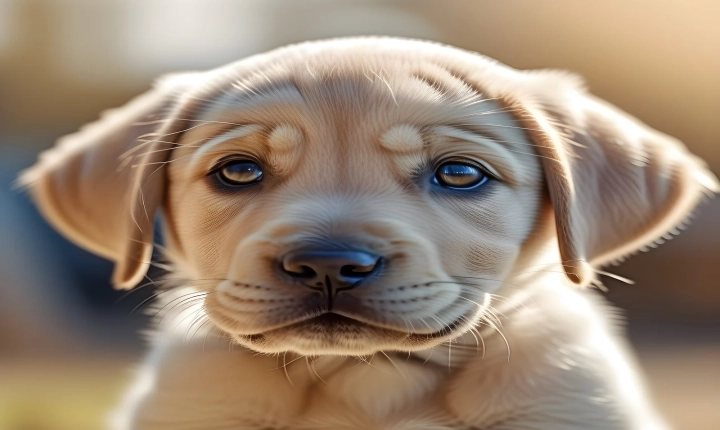Title: Unlocking the Magic of AI Art Generation
Art and technology have long been intertwined, but with the advent of artificial intelligence (AI), a new frontier of creativity has been unlocked. AI art generation has revolutionized the way we think about artistic expression, opening up a world of possibilities that were once unimaginable. From creating stunning visual artworks to generating unique music compositions, AI has proven to be a powerful tool for artistic innovation.
So, how does AI art generation work?
At the heart of AI art generation is the use of machine learning algorithms that are trained to recognize patterns, styles, and compositions. These algorithms are fed massive amounts of data, including images, videos, music, and other forms of art, which allows them to learn the intricate details of artistic creation.
One popular method of AI art generation is through the use of Generative Adversarial Networks (GANs). GANs consist of two neural networks – a generator and a discriminator – that work in tandem to produce original art. The generator creates new art, while the discriminator assesses the authenticity of the generated art by comparing it to a dataset of real art. Through continuous feedback and iterative refinement, GANs are able to produce artworks that are indistinguishable from those created by human artists.
Another approach to AI art generation involves the use of recurrent neural networks (RNNs) and deep learning techniques. RNNs are particularly well-suited for tasks that involve sequence generation, making them ideal for generating art with a sense of continuity and progression. These networks can be trained on a wide range of artistic styles and genres, enabling them to produce art that is both diverse and aesthetically pleasing.
Additionally, AI art generation can also be used to analyze and interpret existing artworks, providing insights into the creative process and the underlying emotions and symbolism within a piece. By leveraging natural language processing and image recognition technologies, AI can provide detailed analyses of artwork, shedding light on the deeper meanings and cultural significance of art.
The impact of AI on art generation is not without controversy, as some argue that it may diminish the role of human creativity and craftsmanship in the artistic process. However, proponents of AI art generation point to the ways in which AI can complement and enhance human creativity, offering new tools and methods for artistic expression. By freeing artists from technical constraints and providing new avenues for exploration, AI can empower artists to push the boundaries of traditional art forms and create truly groundbreaking work.
As AI continues to advance, its capabilities in the realm of art generation will undoubtedly evolve. With each new development, AI brings us closer to a future where the boundaries between human and machine creativity are blurred, and the possibilities for artistic expression are limitless. Whether creating mesmerizing visual art, composing captivating music, or unlocking new forms of expression, AI art generation holds the promise of a new era in the world of art.
